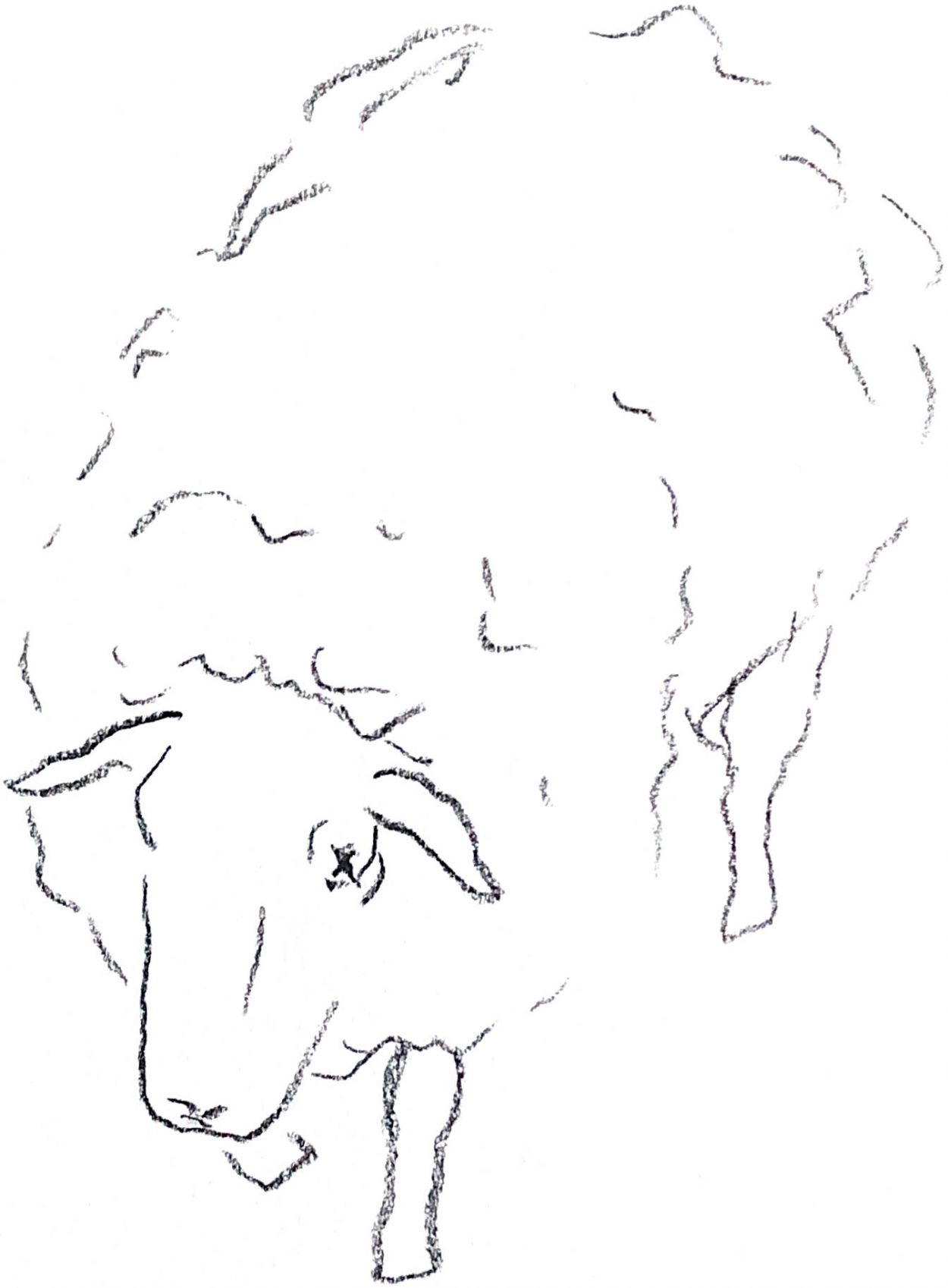I’ve been making a mix-and-match grain salad a ton recently. It’s great for using up leftovers, and it keeps really well in the fridge as long as the greens you use are substantial enough.
All you do is combine a cooked grain of some sort, greens, at least one soft-ish vegetable, at least one crunchier vegetable, and dressing. Things that I’ve found work in most versions of this salad include kale, green onions, grated carrot, thinly sliced onion, small tomatoes, olives, capers, and cucumber. I find that bagged, chopped-up kale keeps for a super long time in the fridge both before it is prepared and after it goes in to the salad.
Bonus additions include toasted seeds or nuts, feta or grilled halloumi, chickpeas or puy lentils, hardboiled eggs, croutons fried up from the leftover heel of a loaf of bread, bacon bits, leftover roast chicken, that sort of thing. It’s best if you leave the cooked grain overnight in the fridge so that it can dry out a little bit, and when you use it in the salad it’s worth breaking up any clumps with your hands first.
These are some decent combos and their dressing counterparts. I’m counting cous cous as a grain since it functions a similar way!
- Components — Wild rice + shredded red cabbage + thinly sliced green onions + grated carrot + roasted peanuts
Dressing — Rice wine vinegar + soy sauce + sesame oil + minced garlic + sugar + ground ginger
- Components — Bulgar wheat + massaged kale (stalks removed) + thinly sliced red or white onion massaged with sumac + diced cucumber + fresh mint / dill / parsley / thyme if you have it
Dressing — Olive oil + honey + lemon juice + a tiny bit of tahini + minced garlic + salt + pepper
- Components — Cous cous + massaged kale (stalks removed) + roasted red peppers (jarred is fine) + toasted pine nuts or cashews + fresh oregano / basil / parsley if you have it
Dressing — Olive oil + balsamic vinegar + salt + pepper
- Components — Quinoa + arugula + diced tomatoes (or whole small tomatoes) + thinly sliced onion + chopped olives and / or capers + canned tuna, drained
Dressing — Olive oil + red wine vinegar + Dijon mustard + salt + pepper
This is the recipe I contributed as part of a recent recipe chain mail. I normally really dislike chain mails but am always happy to participate in a food-based one!



